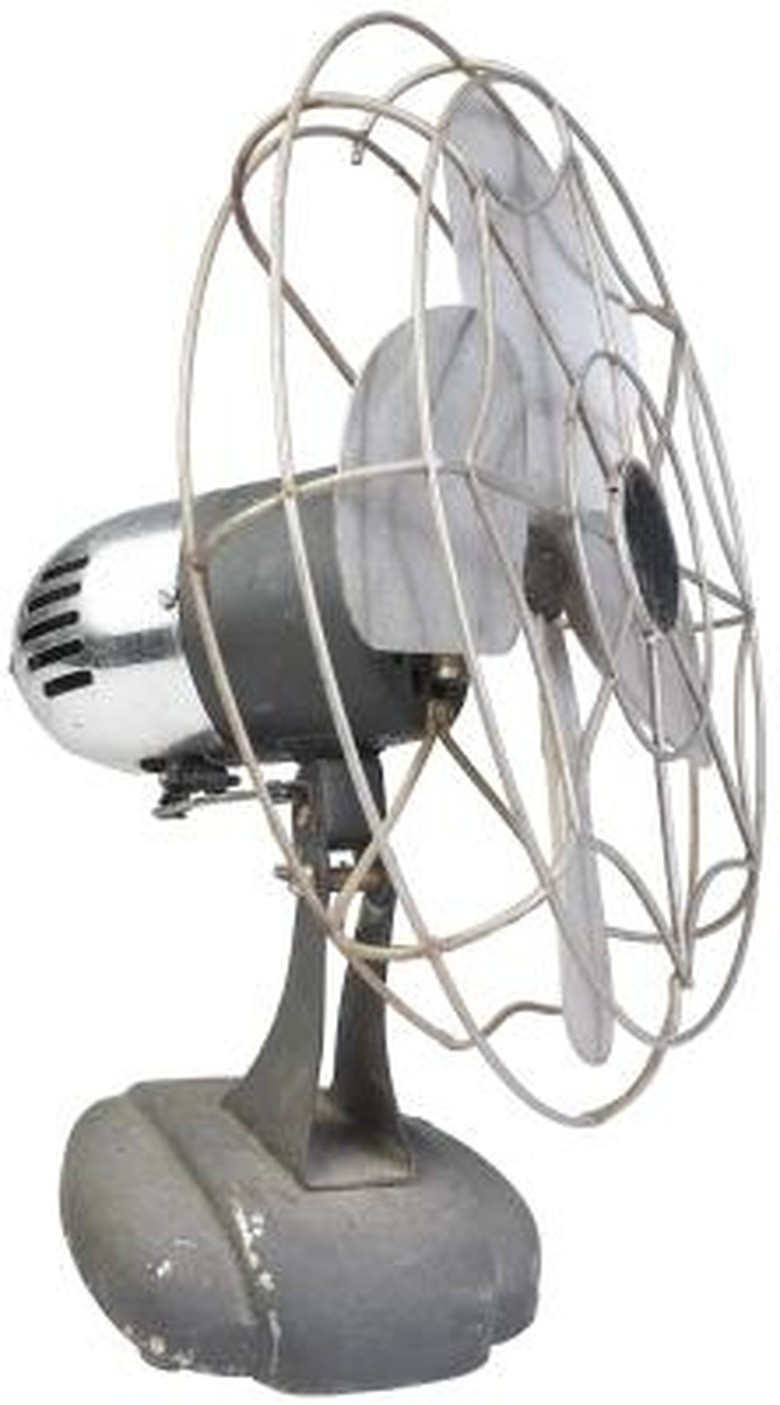Facts About Electric Fans
Electric fans are used to regulate interior temperatures. People commonly use them during hot and humid summer days to increase air movement throughout a home. Some electric fans are movable and can be put on a desk or on the floor. Larger models are permanently installed on the ceiling. Electric ceiling fans are sometimes used in the winter to circulate warmer air back down from the ceiling.
History
History
Electric fans made their first appearance in the 1880s. These early fans were made primarily of brass. Over the ensuing decades, fans were constructed out of a large number of materials, including steel, copper and aluminum. In the 21st century, most domestic fans are made out of plastic.
Uses
Uses
The primary purpose of domestic fans is to increase comfort during hot and sticky weather. While fans don't actually decrease the temperature of the air, they help to increase the rate of evaporation on the skin, and make the air feel cooler than it actually is. While heat is the main factor in the level of comfort or discomfort of air, it is also affected by humidity and staleness. Fans help to keep air moving and bring fresh air into a home, making the indoor environment more pleasant.
Windows
Windows
For maximum effectiveness, fans need to be used in conjunction with open windows. If there is no way for the air in a room to be exchanged with the outdoors, an electric fan will move it around but won't significantly improve its comfort level. With open windows, the fan pushes out stale, hot air and pulls in fresh, cool air.
Air Conditioning
Air Conditioning
Widespread use of air conditioning units has greatly reduced the prevalence of electric fans. Unlike fans, air conditioners actually decrease the temperature of air by using refrigerants. Air conditioners use much more electricity than fans. Using fans in conjunction with air conditioners, for example by blowing cool basement air up into a house, can reduce the amount of power that an air conditioner uses.
